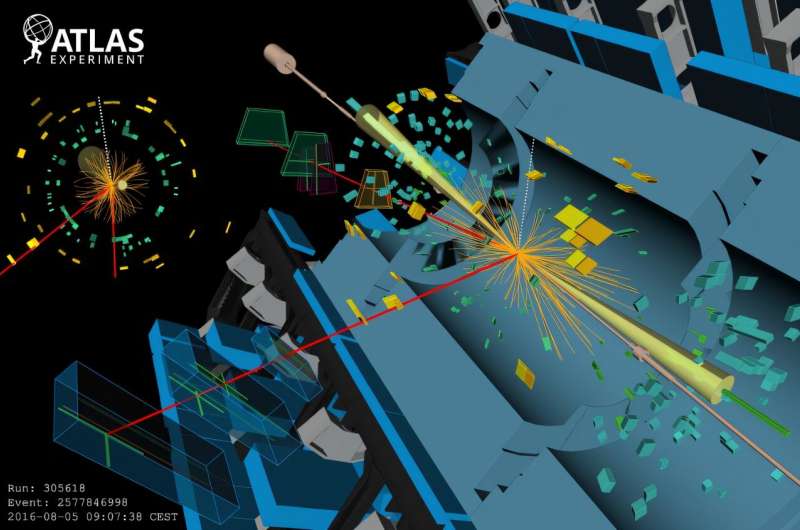
The discovery of the Higgs boson in 2012 by the ATLAS and CMS collaborations at CERN has provided valuable insight into the fundamental workings of the universe. It unveiled the presence of a mysterious field that interacts with elementary particles to give them mass.
The study has been published on the preprint server arXiv.
The Standard Model explains the breaking of electroweak symmetry through the Brout-Englert-Higgs (BEH) mechanism. The discovery of the Higgs boson validated this mechanism, and further investigations are underway to understand how it interacts with other particles to determine their masses.
Aside from confirming the mass-generation mechanism, the BEH theory also makes predictions about other processes such as the interaction between longitudinally polarized W or Z bosons and the self-interaction of the Higgs boson.
While studying the self-interaction of the Higgs boson will require the High-Luminosity LHC, operational in 2030, analyzing the scattering of longitudinally polarized gauge bosons could provide insights sooner.
Longitudinal polarization in particles refers to their spin orientation in space, perpendicular to their momentum’s direction, only possible for massive particles. The presence of longitudinally polarized W and Z bosons (WL and ZL) is a direct consequence of the BEH mechanism, making their interaction a sensitive test of electroweak symmetry breaking.
The interaction between WL bosons can be investigated via vector-boson scattering (VBS) in proton-proton collisions. The VBS process involves quarks emitting W bosons that then interact to produce W or Z bosons. Detecting VBS involves observing the decay products of the bosons and quarks as opposite-facing jets of particles.
The ATLAS study focuses on collisions where two W bosons decay into leptons and neutrinos. To filter out background noise, events with same-charge leptons and jets from quark decay are examined along with missing energy from undetectable neutrinos.
Determining the polarization of W bosons is a complex task requiring detailed analysis of correlations between particle directions. Neural networks facilitated the distinction between transverse and longitudinal polarization, revealing evidence with a significance of 3.3 sigma for at least one longitudinally polarized W boson.
More information:
Evidence for longitudinally polarized W bosons in the electroweak production of same-sign W boson pairs in association with two jets in pp collisions at s√=13 TeV with the ATLAS detector, arXiv (2025). DOI: 10.48550/arxiv.2503.11317

